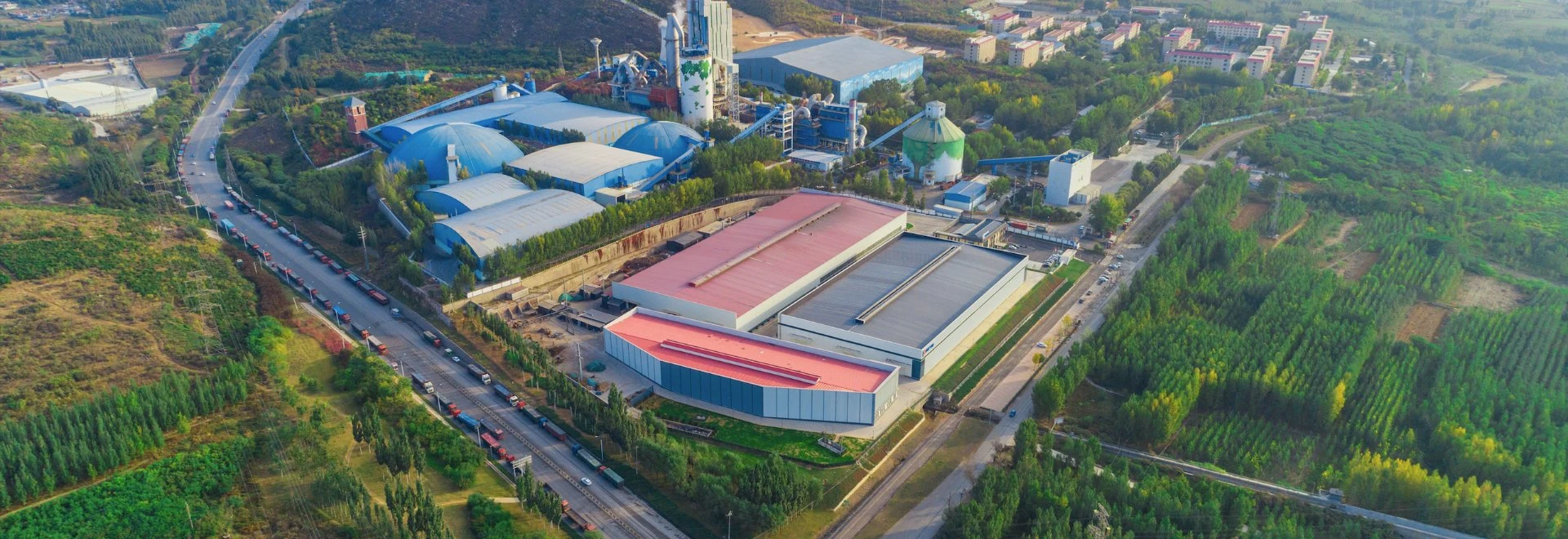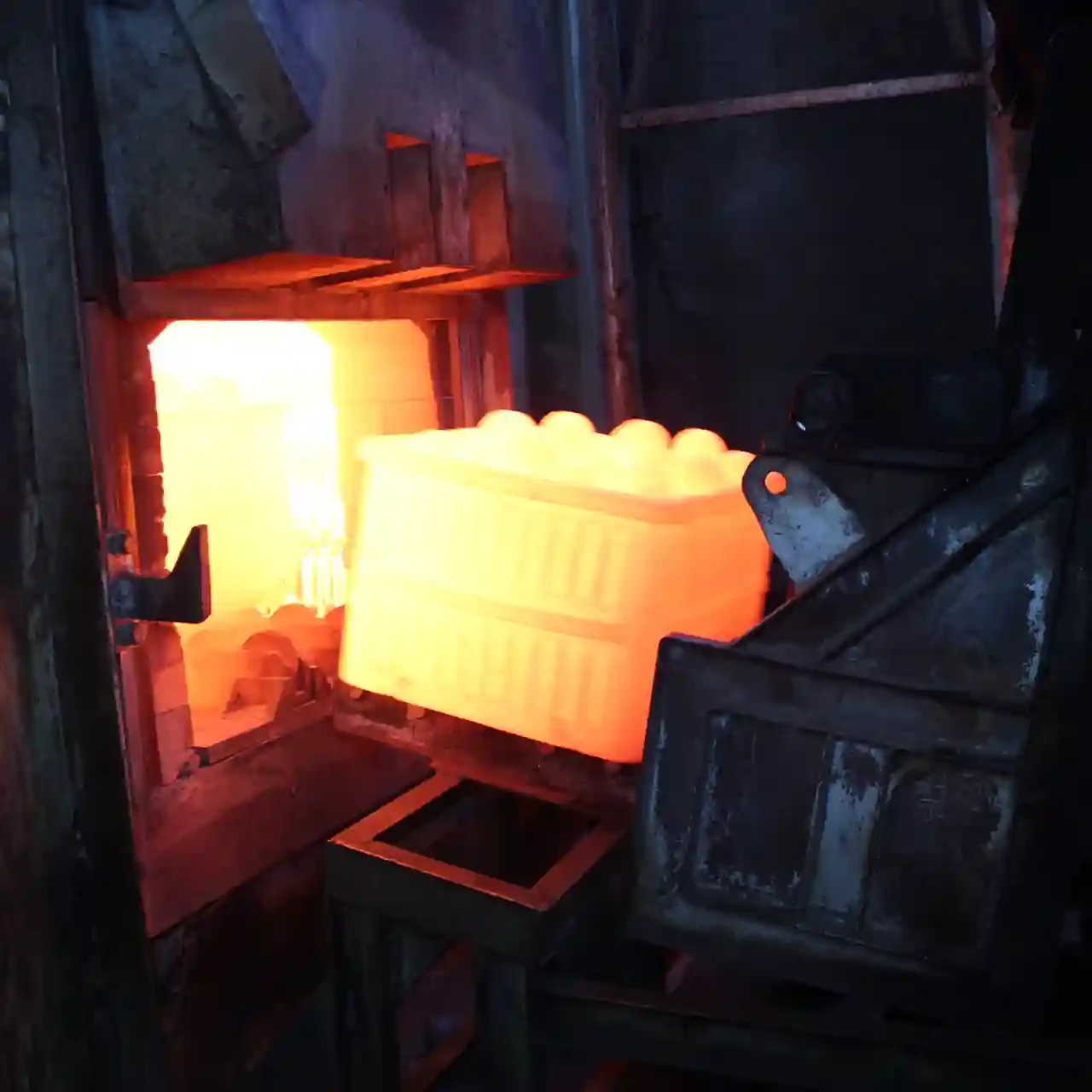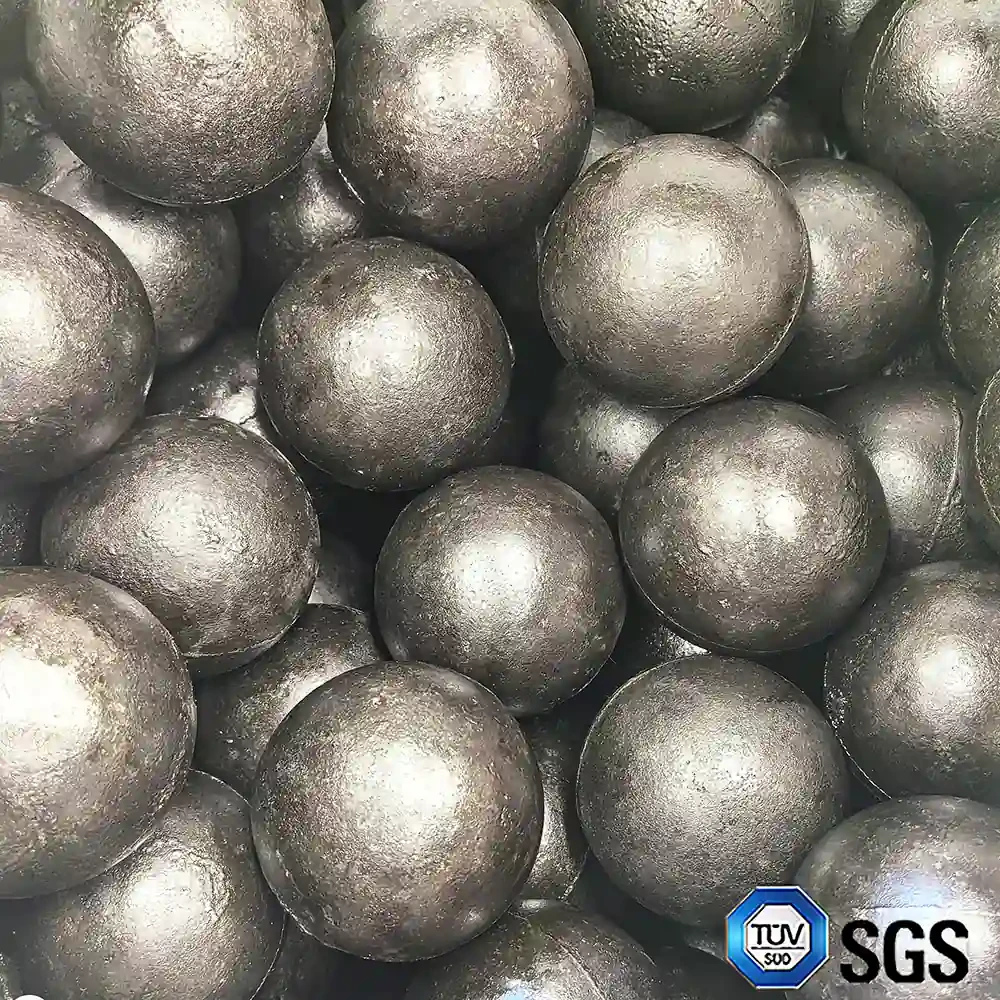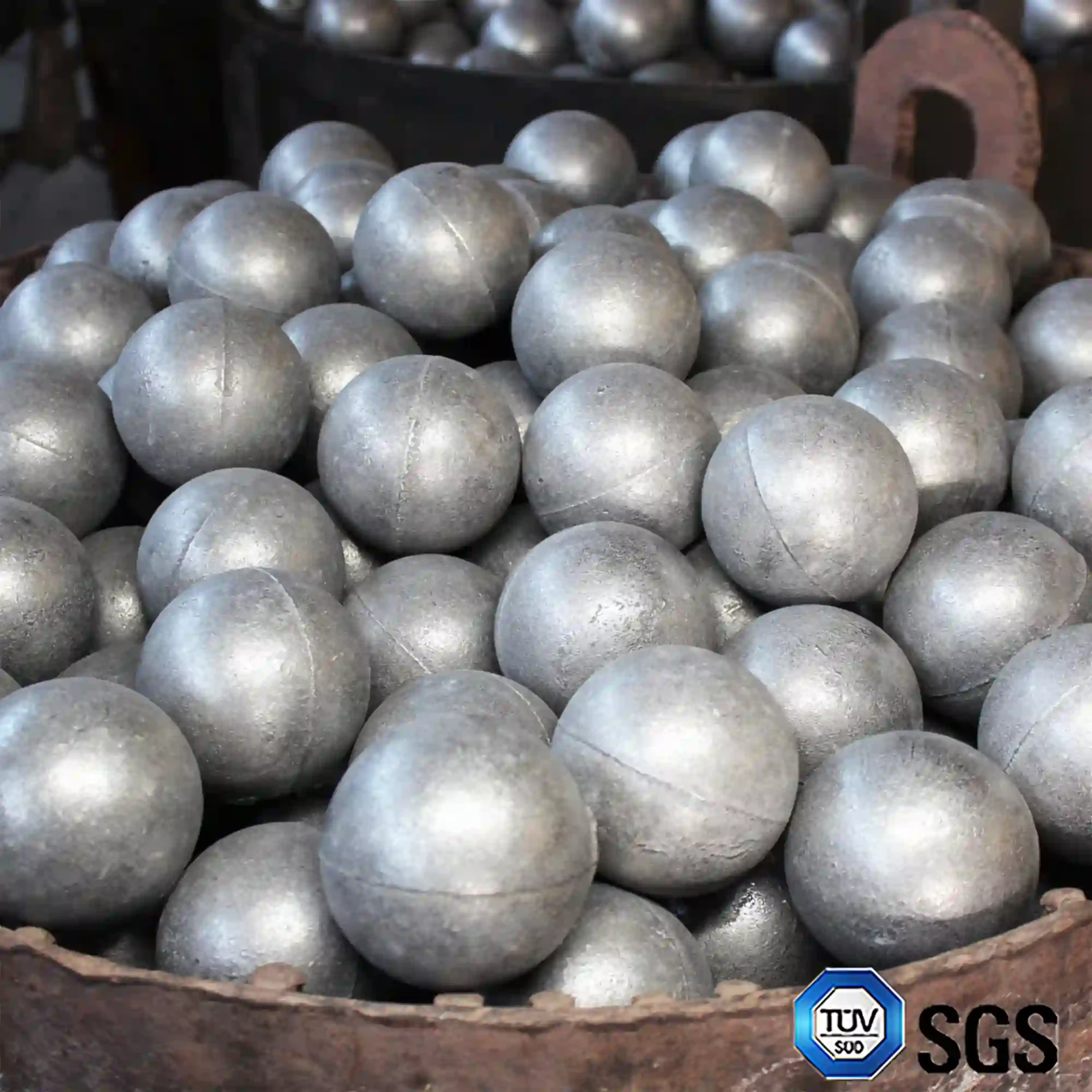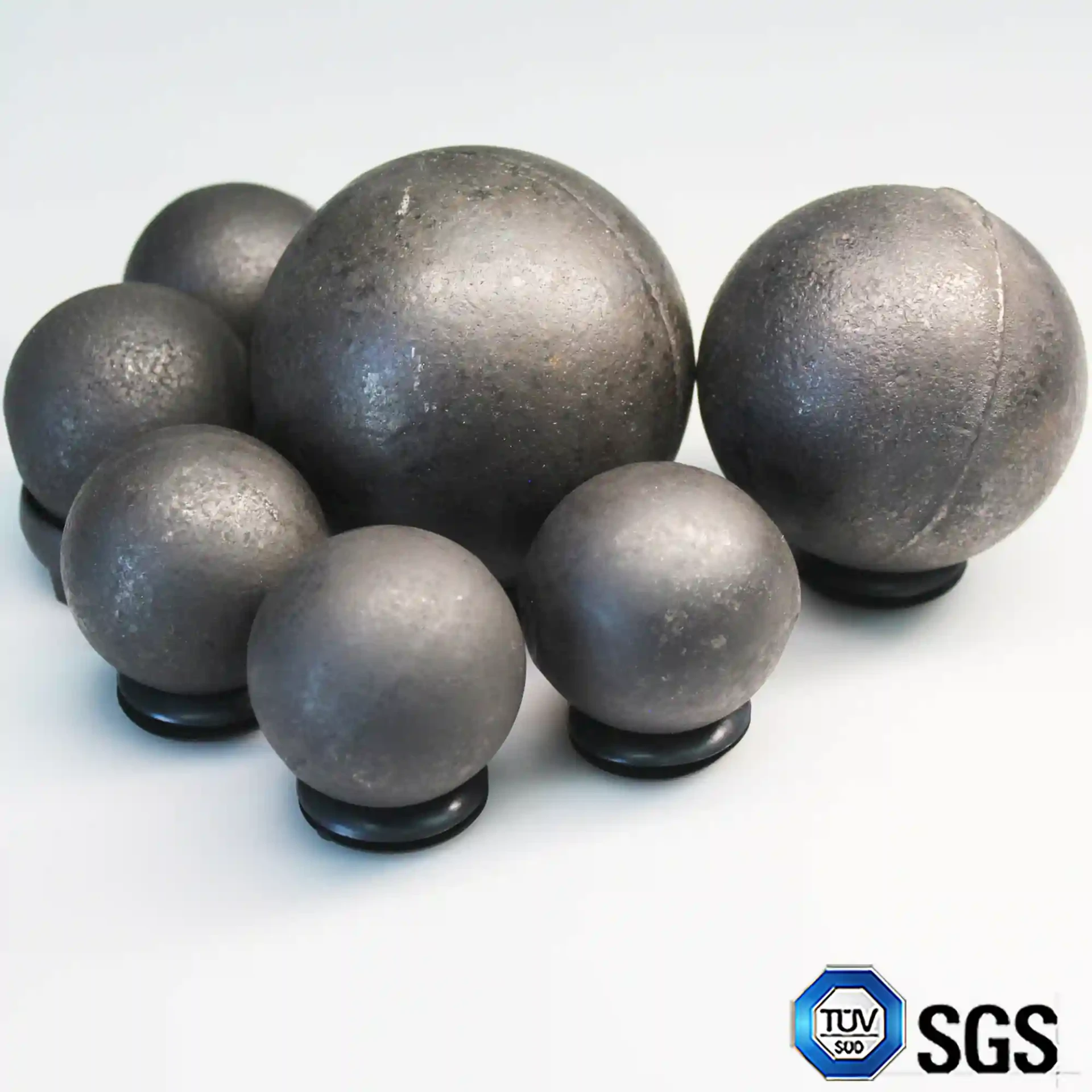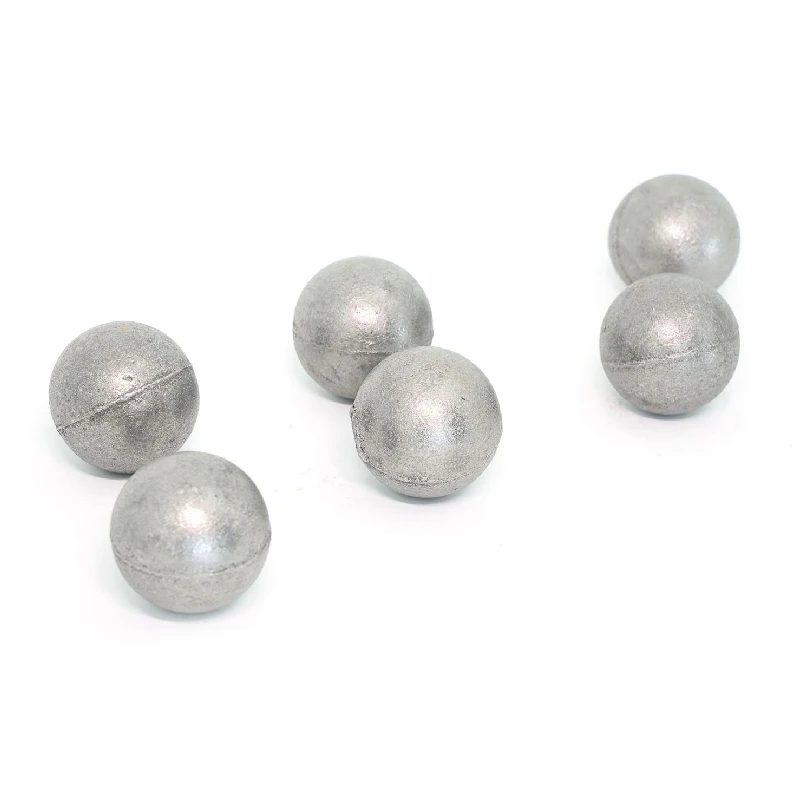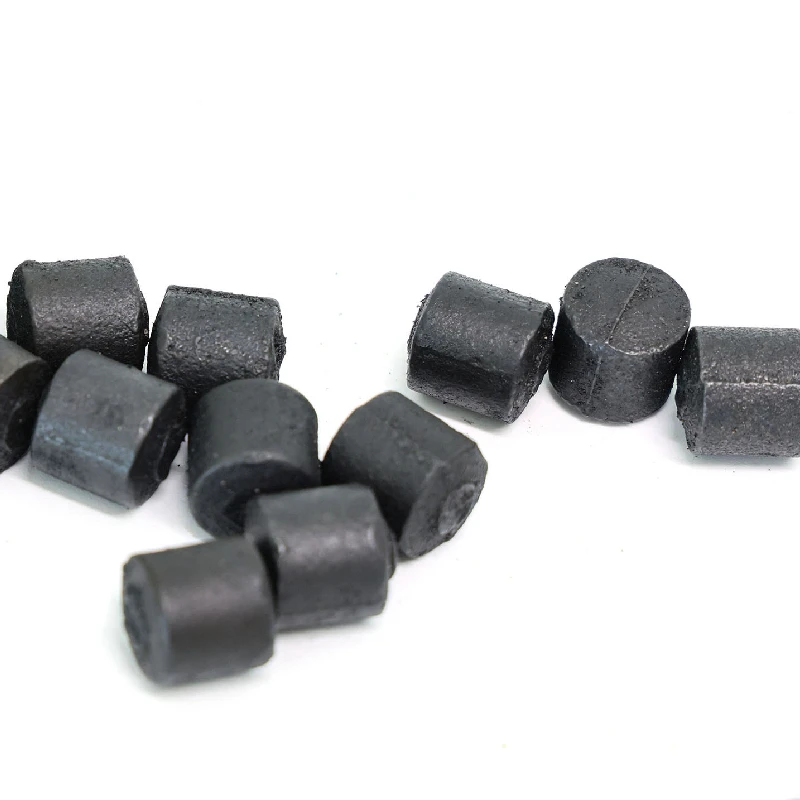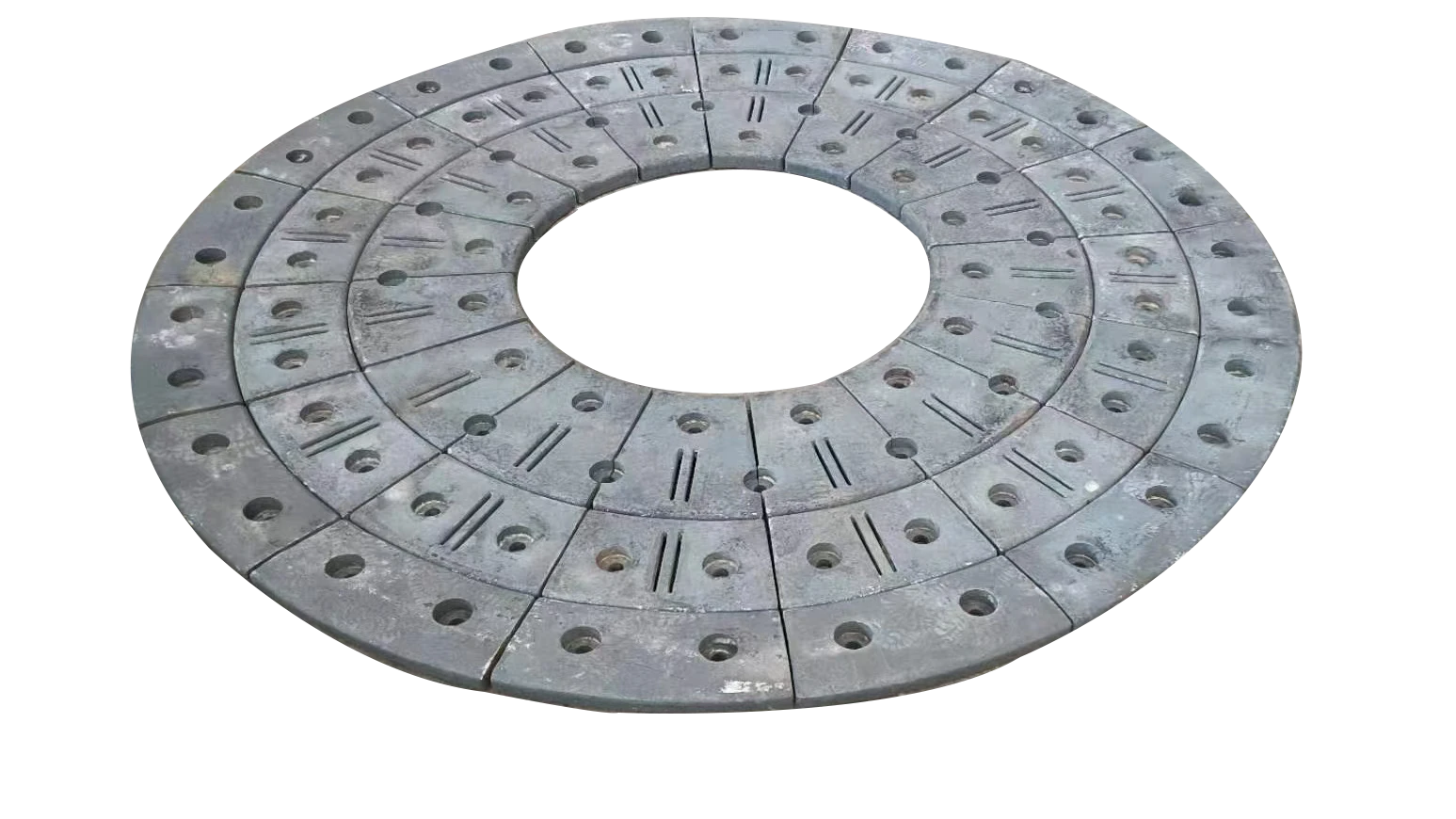Aug . 09, 2025 04:00 Back to list
High-Quality Chromium Manganese Ferroalloys & Metal
In the relentless pursuit of materials that can withstand extreme conditions, chromium manganese alloys stand out as a cornerstone of modern industrial engineering. These specialized alloys, characterized by their exceptional hardness, wear resistance, and toughness, are indispensable in applications where high impact, abrasion, and corrosion are constant threats. From the heart of mining operations to the sophisticated components of petrochemical plants, the unique properties of chromium manganese provide solutions that extend service life, reduce downtime, and enhance operational efficiency. This comprehensive guide delves into the intricate world of chromium manganese, exploring its technical prowess, diverse applications, and the critical factors that make it the material of choice for demanding environments.
Industry Trends and the Growing Demand for High-Performance Alloys
The global industrial landscape is experiencing a significant shift towards more durable, efficient, and sustainable materials. Industries such as mining, metallurgy, cement, power generation, and construction are continually pushing the boundaries of material performance to cope with increasingly aggressive operating conditions and rising production demands. This trend directly fuels the surging demand for advanced alloys like chromium manganese. According to a report by Grand View Research, the global manganese alloys market size was valued at USD 18.9 billion in 2022 and is expected to grow at a compound annual growth rate (CAGR) of 5.5% from 2023 to 2030, driven by escalating steel production and infrastructure development worldwide. The unique blend of properties offered by chromium manganese alloys – superior wear resistance, high tensile strength, and excellent work-hardening capabilities – positions them at the forefront of this material revolution. They are crucial for extending the lifespan of critical components, thereby reducing maintenance costs and improving overall productivity.
Innovations in material science and manufacturing processes are also contributing to the expanded utility of chromium manganese. Research into new compositions and heat treatments is continually enhancing the performance envelope, allowing these alloys to tackle even more challenging scenarios. Furthermore, the emphasis on circular economy principles and resource efficiency means that materials with extended service lives are highly valued, aligning perfectly with the intrinsic benefits of chromium manganese.
Understanding Chromium Manganese Alloys: Technical Parameters and Properties
Chromium manganese alloys are a specific class of high-performance steels known for their remarkable resistance to abrasion, impact, and wear. Their superior properties stem from a carefully controlled chemical composition, primarily featuring high percentages of manganese and chromium, along with carbon and other alloying elements like silicon.
Manganese (Mn) is the primary alloying element, typically ranging from 11% to 14%, though higher percentages (up to 20%) are used for specific applications. It is renowned for its ability to stabilize austenite, a face-centered cubic crystal structure that imparts exceptional toughness and the characteristic work-hardening property of these alloys. Work-hardening means that under impact or abrasive forces, the surface of the material becomes harder, increasing its wear resistance without compromising the toughness of the core.
Chromium (Cr), typically ranging from 1% to 2.5%, plays a crucial role in enhancing hardness and corrosion resistance. It forms carbides that further contribute to wear resistance, especially under abrasive conditions. The combination of manganese and chromium creates a synergy that yields a material far more resilient than conventional steels.
Related alloys often found in similar applications include ferro silico manganese and ferro silicon manganese, which are master alloys used in steelmaking to introduce manganese and silicon. Ferrosilicon manganese (often spelled as a single word) is another variant of these ferroalloys. These are vital for producing the base steel that is later alloyed into chromium manganese. Manganese ferroalloy is a broader term encompassing various ferroalloys where manganese is the primary component, while manganese metal refers to the pure metallic form, used for more specialized alloying where precise control is required.
Typical Chemical Composition and Mechanical Properties of Chromium Manganese Alloys
The following table illustrates the typical ranges for chemical composition and mechanical properties, demonstrating the robustness of these alloys. Specific values can vary based on the exact grade and heat treatment processes.

| Property | Range/Value | Unit | Description |
|---|---|---|---|
| Manganese (Mn) | 11 - 14 | % | Enhances work-hardening and toughness |
| Chromium (Cr) | 1 - 2.5 | % | Improves hardness and abrasion resistance |
| Carbon (C) | 0.9 - 1.2 | % | Contributes to hardness and strength |
| Silicon (Si) | 0.3 - 1.0 | % | Deoxidizer, aids casting fluidity |
| Phosphorus (P) | < 0.035 | % | Impurity, affects ductility |
| Sulfur (S) | < 0.035 | % | Impurity, affects impact strength |
| Tensile Strength | 800 - 1200 | MPa | Resistance to stretching or pulling apart |
| Yield Strength | 350 - 550 | MPa | Stress at which material begins to deform plastically |
| Elongation | 30 - 60 | % | Ductility, ability to deform without fracture |
| Hardness (as-cast) | 200 - 250 | HBW | Initial surface hardness |
| Hardness (work-hardened) | 450 - 600+ | HBW | Hardness after impact/abrasion |
| Impact Strength | High | J | Resistance to sudden forces (Charpy V-notch) |
The Meticulous Manufacturing Process of Chromium Manganese
The production of high-quality chromium manganese alloys is a complex and precise multi-stage process that demands stringent control at every step. This ensures the final product meets the exact chemical composition, metallurgical structure, and mechanical properties required for its intended demanding applications.
1. Raw Material Selection and Preparation:
- Selection: High-purity iron scrap, specific grades of manganese ferroalloy, ferro silicon manganese, ferrochromium, and carbon sources are carefully selected. The quality and purity of these raw materials are paramount to achieve the desired alloy composition and minimize impurities.
- Preparation: Materials are weighed precisely according to the target alloy specification.
2. Melting and Alloying:
- Furnace Operation: Melting is typically performed in electric arc furnaces (EAF) or induction furnaces. These furnaces provide the high temperatures necessary to melt the raw materials and allow for precise control over the alloying process.
- Charge and Melt: The raw materials are charged into the furnace. Once melted, a molten bath is formed.
- Alloying: High-manganese materials, ferrochromium, and other alloying elements are added to the molten bath. The sequence and timing of additions are critical to ensure proper dissolution and homogeneity of the alloy. Stirring mechanisms or electromagnetic stirring may be employed to ensure uniform distribution of alloying elements.
3. Refining and Deoxidation:
- Slag Formation: A slag layer is formed on top of the molten metal to remove impurities (like phosphorus and sulfur) and protect the molten metal from atmospheric oxidation.
- Deoxidation: Deoxidizers, such as silicon and aluminum, are added to remove dissolved oxygen from the melt, preventing porosity and improving mechanical properties.
- Temperature Control: Precise temperature control is maintained throughout the melting and refining stages to optimize the metallurgical reactions.

4. Casting:
- Pouring: Once the desired composition and temperature are achieved, the molten chromium manganese alloy is tapped from the furnace and poured into pre-heated molds. Molds can be made of sand, ceramic, or metal, depending on the required shape, size, and surface finish of the final product.
- Solidification: The molten metal solidifies within the molds, forming the desired shape (e.g., grate plates, liners, crusher parts). Controlled cooling rates are essential to achieve the desired grain structure and prevent defects.
- Casting Processes:
- Sand Casting: Versatile for complex shapes and large components.
- Investment Casting (Lost Wax): For intricate, high-precision parts with excellent surface finish.
- Centrifugal Casting: For cylindrical shapes, producing dense, uniform structures.
5. Post-Casting Processing (Fettling and Finishing):
- Shakeout: After solidification, the casting is removed from the mold.
- Fettling: Excess metal (risers, gates) is removed, and the casting surface is cleaned. This typically involves grinding, chipping, or thermal cutting.
- Inspection: Initial visual inspection for gross defects.
6. Heat Treatment:
- Solution Annealing (Water Quenching): This is a critical step for chromium manganese alloys. Castings are heated to a high temperature (typically 1000-1100°C or 1832-2012°F) for a specific duration to dissolve carbides and homogenize the austenitic structure. They are then rapidly quenched in water. This process ensures the austenitic structure is retained at room temperature, making the alloy tough and capable of work-hardening effectively.
- Stress Relieving (Optional): For certain complex shapes or components that might experience residual stresses from quenching, a low-temperature stress-relieving treatment might be applied.
7. Machining and Finishing (CNC Machining):
- Rough Machining: If necessary, initial machining steps are performed to bring the component closer to its final dimensions.
- Precision Machining (CNC Machining): For high-precision components, Computer Numerical Control (CNC) machining is employed. This allows for highly accurate and repeatable shaping, drilling, and finishing, ensuring the product meets tight dimensional tolerances.
- Surface Finishing: Depending on the application, additional surface treatments such as polishing, grinding, or coating may be applied.
Quality Assurance and Certification: The Foundation of Trust
For critical industrial components made from chromium manganese, quality assurance is not merely a step in the process; it is a philosophy embedded throughout the entire manufacturing chain. Our commitment to quality is exemplified by stringent adherence to international standards and comprehensive testing protocols, which forms the basis of our "Company qualification certification." This dedication ensures that every product, such as our high-manganese steel grate plate, performs reliably and safely in the most demanding environments.
Key inspection standards we adhere to include:
- ISO 9001: This international standard for quality management systems ensures that our manufacturing processes are consistently monitored and improved, guaranteeing product quality and customer satisfaction.
- ASTM International Standards: We comply with relevant ASTM standards for chemical composition (e.g., ASTM A128 for Hadfield Manganese Steel), mechanical properties, and testing methodologies.
- ANSI (American National Standards Institute): For dimensional tolerances and product specific standards, where applicable.
- Other Industry-Specific Standards: Depending on the application (e.g., API for oil & gas, DIN for European markets).

Comprehensive Testing Protocols:
Every batch and, where necessary, every individual component undergoes rigorous testing to verify its integrity and performance:
- Chemical Analysis: Spectroscopic analysis (e.g., Optical Emission Spectrometry - OES) is performed on each melt to confirm the exact percentages of manganese, chromium, carbon, and other elements, ensuring compliance with specifications.
- Mechanical Property Testing:
- Tensile Testing: Measures ultimate tensile strength, yield strength, and elongation to verify the material's ability to withstand pulling forces without breaking or deforming.
- Impact Testing (Charpy V-notch): Assesses the material's toughness and resistance to brittle fracture under sudden loads, crucial for high-impact applications.
- Hardness Testing (Brinell, Rockwell): Measures surface hardness before and after work-hardening simulations to ensure the material achieves the expected wear resistance.
- Non-Destructive Testing (NDT):
- Ultrasonic Testing (UT): Detects internal flaws, voids, or cracks within the material.
- Magnetic Particle Inspection (MPI): Identifies surface and near-surface cracks in ferromagnetic materials.
- Dye Penetrant Inspection (DPI): Reveals surface-breaking discontinuities.
- Radiographic Testing (RT) / X-ray Inspection: Provides an internal view of the component to detect internal flaws, porosity, or inclusions.
- Metallographic Examination: Microstructural analysis to verify grain size, carbide distribution, and the integrity of the austenitic matrix, ensuring proper heat treatment.
- Dimensional Inspection: Precision measurement using CMM (Coordinate Measuring Machines) and traditional tools to confirm that parts meet specified dimensions and tolerances.
This multi-faceted approach to quality control, coupled with our extensive service years in the industry, ensures that every chromium manganese product delivered is of the highest caliber, providing long-term value and peace of mind to our clients.
Applications of Chromium Manganese Alloys Across Industries
The exceptional wear, impact, and abrasion resistance of chromium manganese alloys make them indispensable across a multitude of heavy industries. Their ability to work-harden under stress extends their lifespan significantly in environments that would rapidly degrade conventional steels.
1. Mining and Mineral Processing:
This is perhaps the largest application area. Chromium manganese is extensively used for components that face relentless abrasive wear from rocks, ores, and aggregates.
- Crusher Liners and Jaws: In jaw, cone, and gyratory crushers, these alloys form the critical wear parts that break down raw materials. Their work-hardening ability is vital here.
- Mill Liners: In ball mills, SAG mills, and rod mills, chromium manganese liners protect the mill shell and lift the grinding media.
- Grate Plates: Such as our high-manganese steel grate plate, used in screening, separating, and conveying systems. These plates withstand severe impact and abrasion from continuous material flow, offering superior wear life.
- Shovel and Excavator Bucket Teeth: For earthmoving equipment, ensuring durability during digging and loading.
- Track Shoes: For heavy machinery like bulldozers and excavators.
2. Cement and Aggregate Production:
Similar to mining, this industry involves processing abrasive materials.
- Mill Liners and Grinding Media: In cement mills for grinding clinker.
- Hammer Mill Components: Hammers and breaker plates used in crushing various materials.
- Chutes and Hoppers: Liners for material transfer points.
3. Metallurgy and Steel Production:
Chromium manganese is used in specific areas where extreme wear is encountered.
- Blast Furnace Components: Certain wear plates and chutes.
- Slag Pots: While often cast iron, specialized slag pots can utilize chromium manganese for improved resistance to mechanical abuse.
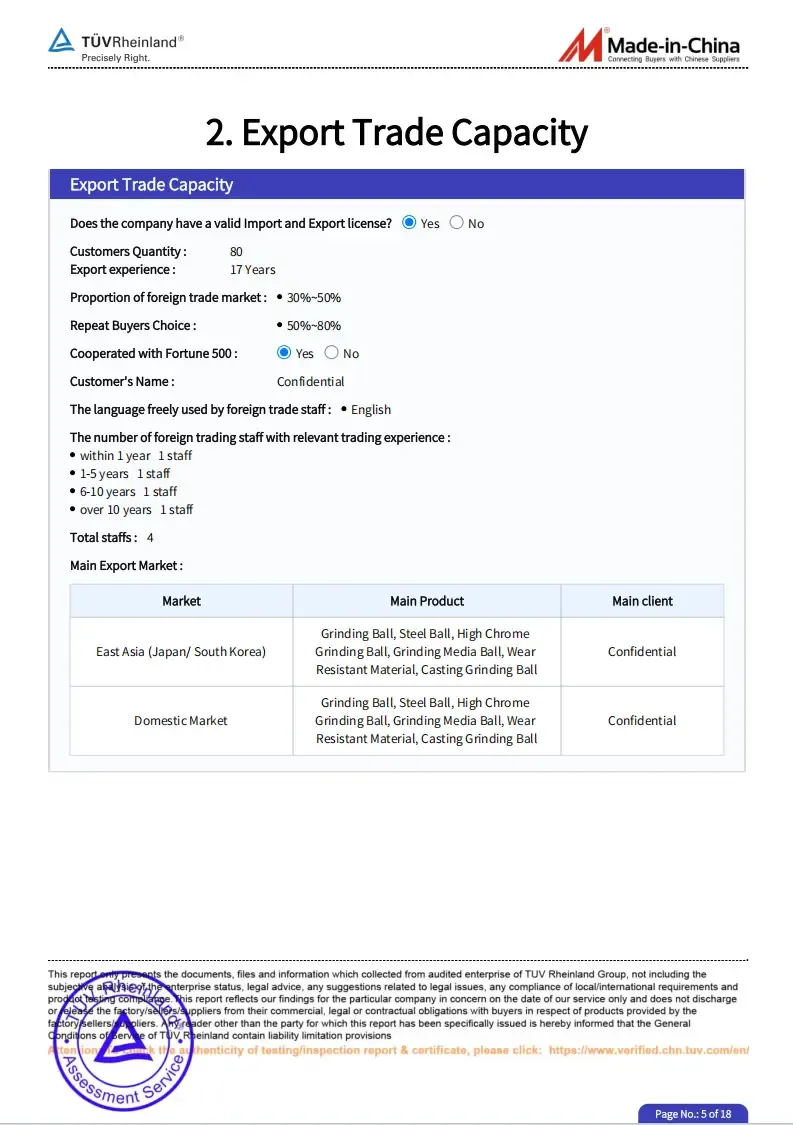
4. Power Generation (Coal-Fired Plants):
Handling abrasive coal and ash requires robust materials.
- Coal Pulverizer Components: Grinding rings, rollers, and mill liners.
- Ash Handling Systems: Chutes, pipes, and fan blades exposed to abrasive fly ash and bottom ash.
5. Water Treatment and Petrochemical:
While often associated with stainless steels for corrosion, specific applications in these industries benefit from the combined corrosion and wear resistance of certain chromium manganese grades.
- Slurry Pumps and Impellers: Handling abrasive slurries in water treatment plants or drilling operations.
- Valve Components: In some highly abrasive fluid transfer systems.
In all these scenarios, the primary advantage of chromium manganese components lies in their ability to significantly extend service life, thereby reducing the frequency of replacements, minimizing maintenance downtime, and ultimately lowering operational costs. For instance, a grate plate made from advanced chromium manganese might last three to five times longer than a conventional steel plate, leading to substantial savings and increased throughput. This synergy of durability and cost-effectiveness makes chromium manganese an unparalleled choice for severe wear applications.
Technical Advantages and Performance Benchmarking
The superiority of chromium manganese alloys in high-wear applications is not merely anecdotal; it is substantiated by distinct technical advantages and demonstrable performance benchmarks against other common industrial materials.
Key Technical Advantages:
- Exceptional Work-Hardening Capacity: This is the hallmark property. Under repeated impact or abrasive forces, the surface layer of chromium manganese steel hardens dramatically, reaching up to 550-600 HBW (Brinell Hardness), while the core remains tough and ductile. This unique characteristic allows the material to "self-armor," continually resisting wear as it performs its function.
- Superior Abrasion Resistance: The combination of high carbon and chromium content, coupled with the work-hardened surface, provides outstanding resistance to both gouging and high-stress abrasive wear.
- High Impact Toughness: Unlike many hard materials that are brittle, chromium manganese maintains excellent toughness even at low temperatures. This makes it ideal for applications involving severe impact, preventing catastrophic failures.
- High Tensile Strength and Ductility: Despite its hardness, it retains good tensile strength and ductility, allowing it to absorb significant energy before fracture.
- Non-Magnetic (Austenitic): Its austenitic structure makes it non-magnetic, which is beneficial for certain applications where magnetic interference is undesirable.
- Good Castability: Despite its complex composition, it exhibits good castability, allowing for the production of complex shapes required for various industrial components.
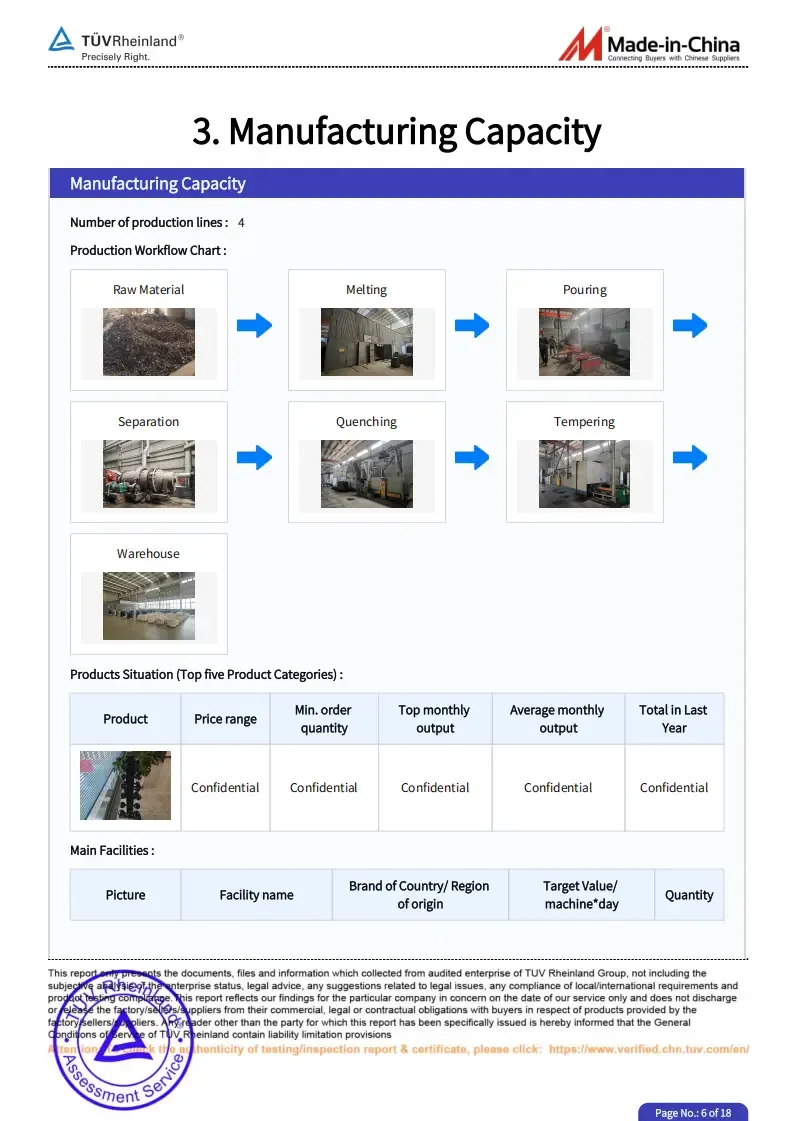
Product Comparison: Chromium Manganese vs. Other Materials
To truly appreciate the value of chromium manganese, it is beneficial to compare its performance against commonly used alternative materials:
| Characteristic | Chromium Manganese Alloy | Standard Carbon Steel (e.g., A36) | Martensitic Steel (e.g., AR500) | Cast Iron (e.g., White Cast Iron) |
|---|---|---|---|---|
| Wear Resistance | Excellent (work-hardening) | Poor to Moderate | Very Good (pre-hardened) | Good (but brittle) |
| Impact Resistance | Excellent | Good | Moderate to Poor | Poor (brittle) |
| Toughness | Very High | High | Moderate | Low |
| Work-Hardening | Exceptional | Low | None (pre-hardened) | None |
| Service Life in Abrasion | Very Long | Short | Long | Moderate |
| Machinability | Challenging (due to work-hardening) | Easy | Difficult | Moderate |
| Typical Hardness (HBW) | 200-250 (as-cast), 450-600+ (work-hardened) | 120-150 | 450-500 | 400-600 |
| Cost-Effectiveness (Long-Term) | High (due to extended life, less downtime) | Low initial, high long-term | Moderate to High | Moderate |
As evident from the table, while other materials might offer initial hardness or ease of machining, none combine the extreme impact toughness with superior work-hardening wear resistance in the way that chromium manganese does. This unique combination translates directly into tangible operational benefits:
- Reduced Downtime: Components last significantly longer, meaning fewer replacements and less lost production time.
- Lower Maintenance Costs: Fewer parts to buy and less labor for installation and repairs.
- Increased Throughput: Reliable machinery operates continuously without interruptions.
- Enhanced Safety: Less frequent handling of heavy components and reduced risk of unexpected material failure.
For instance, a client using a standard wear plate might experience component failure every 3 months. By switching to a chromium manganese equivalent, the service life could extend to 12-18 months, leading to significant savings in replacement costs and a substantial increase in operational efficiency. This long-term cost-effectiveness, despite potentially higher initial material costs, makes chromium manganese a superior choice for critical wear applications.
Choosing the Right Partner: Manufacturer Comparison and Selection Criteria
Selecting the right manufacturer for your chromium manganese components is as critical as choosing the material itself. The performance and longevity of your industrial parts heavily depend on the supplier's expertise, manufacturing capabilities, and commitment to quality. Here are key criteria to consider when evaluating potential partners:
1. Expertise and Experience:
- Industry Focus: Does the manufacturer specialize in high-manganese steels and similar wear-resistant alloys? Our company, for instance, has decades of focused experience in developing and manufacturing components like the high-manganese steel grate plate.
- Technical Knowledge: Can they provide in-depth technical consultation on alloy selection, design optimization, and application challenges? Look for a team with metallurgical engineers and experienced technicians.
- Service History: A long track record of successful projects and satisfied customers in relevant industries (mining, cement, power generation) signifies proven capabilities.
2. Manufacturing Capabilities and Technology:
- Advanced Foundry: Does their facility utilize modern melting technologies (e.g., induction furnaces, EAF) for precise control over alloy chemistry?
- Casting and Forging: Do they have the necessary equipment for high-quality casting (sand, investment, centrifugal) and potentially forging, depending on the part requirements?
- Precision Machining (CNC): For parts requiring tight tolerances, ensure they have advanced CNC machining capabilities.
- Heat Treatment Facilities: Proper heat treatment is paramount for chromium manganese. Verify they have controlled solution annealing and quenching facilities.
3. Quality Control and Certification:
- Certifications: As discussed, adherence to ISO 9001 and relevant ASTM/ANSI standards is crucial. Ask for their "Company qualification certification."
- Testing Facilities: Do they have in-house laboratories for chemical analysis, mechanical testing (tensile, impact, hardness), and NDT (UT, MPI, RT)? This ensures immediate and thorough quality checks.
- Traceability: Can they provide full material traceability from raw materials to the finished product?
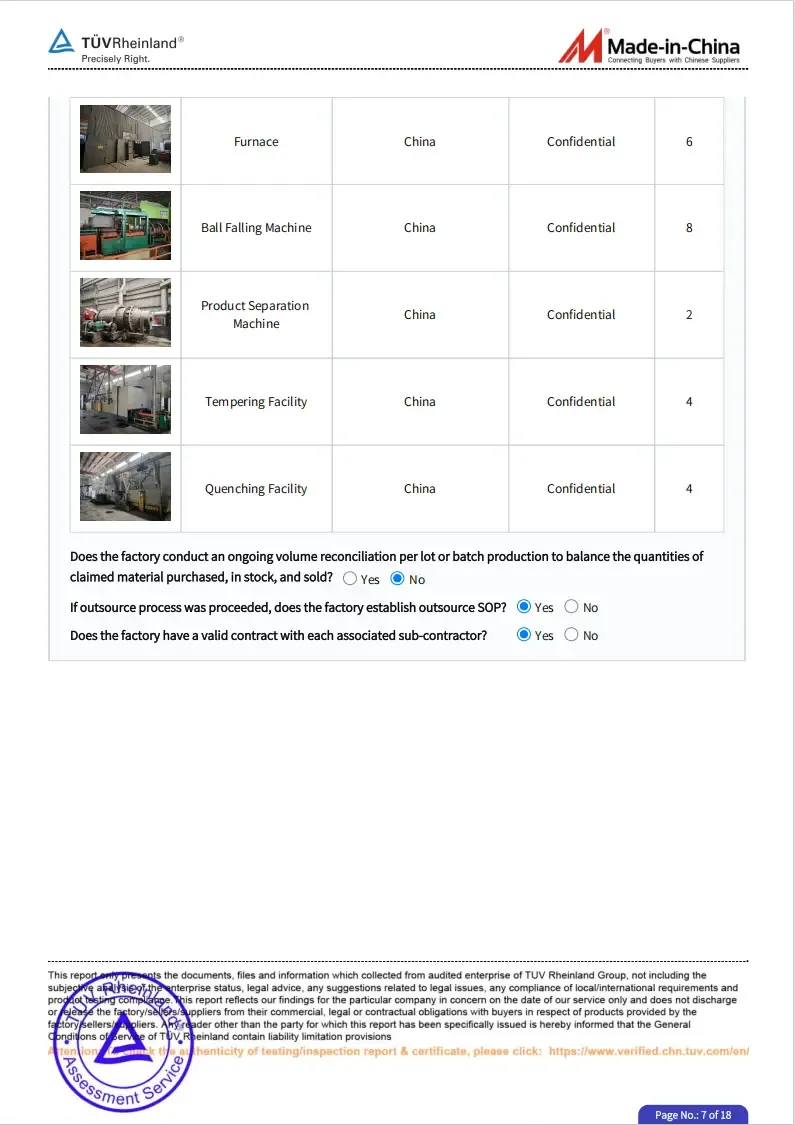
4. Customization and R&D Capabilities:
- Tailored Solutions: Can they offer customized alloy compositions, designs, and dimensions to meet your specific operational needs, rather than just off-the-shelf products?
- R&D Investment: A manufacturer that invests in research and development is likely to be at the forefront of material science innovations, offering cutting-edge solutions.
5. After-Sales Support and Customer Service:
- Technical Support: Do they provide ongoing technical support, troubleshooting, and advice post-purchase?
- Warranty and Guarantees: A clear warranty policy reflects confidence in their product quality.
- Logistics and Delivery: Efficient logistics and reliable delivery schedules are essential to minimize lead times and avoid operational delays.
By carefully evaluating these factors, you can identify a manufacturing partner who not only supplies high-quality chromium manganese components but also acts as a strategic ally in optimizing your operations and achieving long-term success. Our long-standing partnerships with leading industrial players globally stand as a testament to our commitment to these criteria.
Customization Solutions and Engineering Support
Recognizing that no two industrial applications are exactly alike, a truly valuable partner in chromium manganese components goes beyond standard product offerings. We specialize in providing comprehensive customization solutions, backed by robust engineering support, to meet the unique challenges and specific performance requirements of each client.
Tailored Design and Material Composition:
- Application-Specific Alloys: While standard chromium manganese grades are highly effective, some extreme environments might benefit from slight modifications to the chemical composition. This could involve adjusting chromium levels for increased corrosion resistance, or fine-tuning manganese and carbon for optimal work-hardening in specific impact scenarios. Our metallurgists work closely with clients to define the ideal alloy specification.
- Optimized Part Geometry: Component design plays a crucial role in performance. Our engineering team can analyze your operational data, wear patterns, and failure modes to redesign parts for enhanced durability. This might involve optimizing thicknesses, radii, or introducing reinforcements in high-stress areas.
- Dimensional Precision: From large grate plates to intricate crusher parts, we ensure that custom components meet precise dimensional tolerances required for perfect fit and function within existing machinery. This often involves advanced CNC machining capabilities.
Comprehensive Engineering Support:
- Consultation and Feasibility Studies: We begin with in-depth consultations to understand your operational environment, current material performance, and desired improvements. This includes on-site visits and data collection to perform thorough feasibility studies.
- CAD/CAM Design and Simulation: Utilizing advanced CAD/CAM software, we can create detailed 3D models of custom parts. Finite Element Analysis (FEA) simulations can then be performed to predict stress distribution, wear patterns, and potential failure points, allowing for design optimization before manufacturing begins.
- Prototyping and Testing: For highly specialized or novel designs, we can develop prototypes for real-world testing. Our in-house testing facilities allow for rigorous performance validation under simulated operational conditions, ensuring the custom solution delivers the expected benefits.
- Installation Guidance and Post-Sale Support: Our support extends beyond delivery. We can provide guidance on proper installation techniques to maximize component life and offer ongoing technical assistance to address any operational queries.
This bespoke approach ensures that clients receive not just a product, but a complete engineered solution, designed to significantly extend service life, improve efficiency, and reduce operational costs, making their investment in chromium manganese truly impactful.
Real-World Success: Application Cases and Client Testimonials
The true measure of a material's effectiveness and a manufacturer's capability lies in its real-world performance. Here are illustrative application cases and generalized client feedback demonstrating the transformative impact of chromium manganese components, including our specialized high-manganese steel grate plate.
Case Study 1: Mining Operations - Crusher Liner Enhancement
- Challenge: A large copper mine was experiencing frequent failures of its jaw crusher liners, leading to costly downtime every 3-4 months. The abrasive nature of the ore and high impact forces were severely limiting the lifespan of their standard manganese steel liners.
- Solution: We collaborated with the mine's engineers to design and supply custom chromium manganese jaw liners. The specific alloy composition was optimized for maximum work-hardening capacity under extreme impact.
- Results: The new liners achieved an average service life of 12-15 months, a 300-375% improvement. This translated to a significant reduction in maintenance costs, increased crushing throughput by 15% due to less downtime, and an estimated annual savings of over $500,000 in parts and labor.
- Client Feedback: "Switching to their chromium manganese liners was one of the best operational decisions we've made. The extended lifespan has drastically improved our productivity and bottom line." - Operations Manager, Major Copper Mining Company.
Case Study 2: Cement Production - Vertical Mill Grate Plate Optimization
- Challenge: A cement plant struggled with rapid wear of its conventional grate plates in a vertical roller mill, requiring replacements every 6 months. This impacted the consistency of clinker grinding and led to frequent, costly shutdowns.
- Solution: We provided custom-designed high-manganese steel grate plate made from our advanced chromium manganese alloy. The design was subtly modified to improve material flow and reduce localized wear points.
- Results: The upgraded grate plates achieved a service life of 18-24 months, tripling to quadrupling their previous performance. The plant experienced more consistent grinding efficiency and reduced unscheduled maintenance, leading to a 10% increase in annual production capacity.
- Client Feedback: "The quality of their chromium manganese grate plates is simply unmatched. Our mill runs smoother and longer than ever before, translating directly into higher output and lower operational overheads. The engineering support was exceptional." - Plant Manager, Leading Cement Producer.
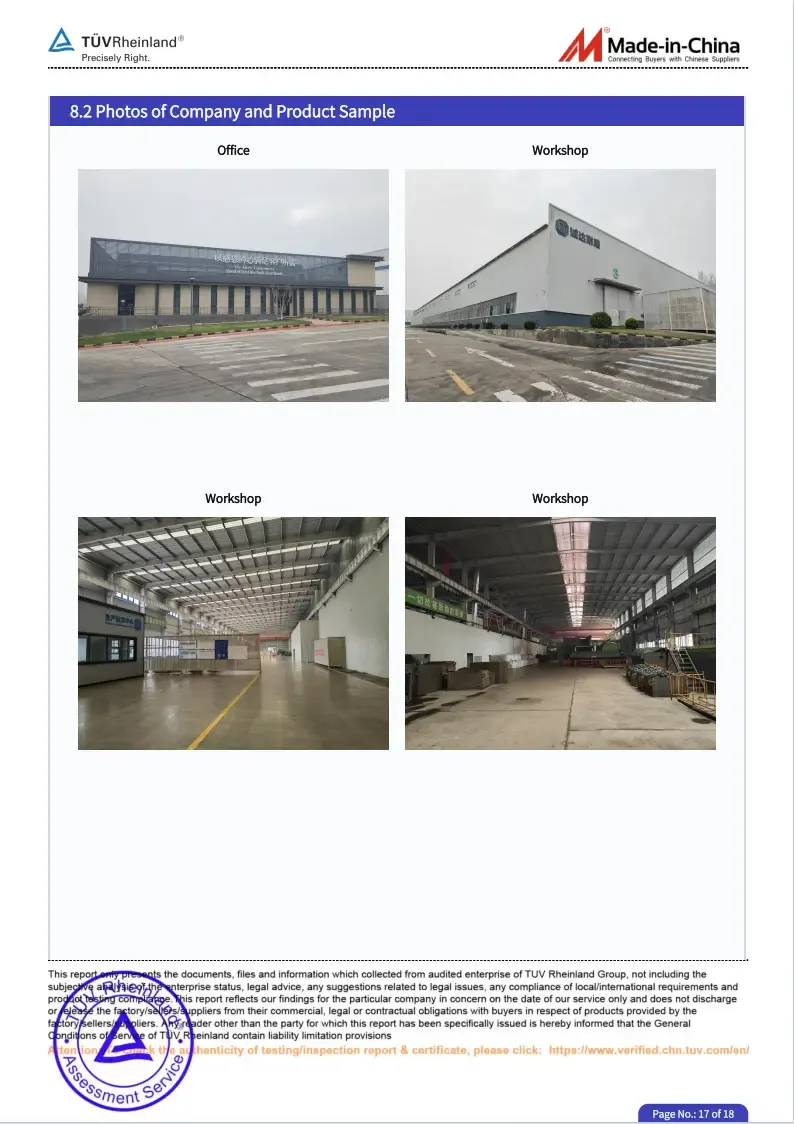
Case Study 3: Power Generation - Ash Handling System Components
- Challenge: A coal-fired power plant faced severe erosion of its ash slurry pump impellers and pipe elbows due to highly abrasive fly ash. Replacements were required every 4-5 months, leading to high spare parts inventory and significant labor costs.
- Solution: We supplied impellers and elbows cast from a specialized abrasion-resistant chromium manganese grade, focusing on surface hardness and material homogeneity.
- Results: The service life of these components increased to 12-15 months, reducing replacement frequency by over 60%. This resulted in substantial savings in procurement and maintenance, improving the overall reliability of the ash handling system.
- Client Feedback: "Their chromium manganese parts have been a game-changer for our ash handling system. The reduction in downtime and maintenance costs has been significant, proving the long-term value of their products." - Chief Engineer, Thermal Power Plant.
These cases underscore the measurable benefits that investing in high-quality chromium manganese components provides. Our commitment to expertise, experience, authoritativeness, and trustworthiness translates directly into enhanced operational efficiency and substantial cost savings for our clients.
Ensuring Trust: FAQ, Delivery, Warranty, and Support
Building long-term partnerships is rooted in transparency and unwavering support. Here, we address common inquiries and outline our commitment to reliable service for all chromium manganese products, including our high-manganese steel grate plate.
Frequently Asked Questions (FAQ)
- Q1: What is the primary advantage of chromium manganese over standard manganese steel?
- A1: The primary advantage lies in the added chromium content, which enhances overall hardness and abrasion resistance, especially in applications involving grinding or sliding wear. While both offer excellent work-hardening, chromium manganese often performs better in combined impact-abrasion scenarios due to improved carbide formation and matrix properties.
- Q2: Can chromium manganese components be welded or repaired?
- A2: Welding chromium manganese steel can be challenging due to its high carbon and manganese content, which makes it susceptible to cracking and embrittlement. If welding is necessary, specific procedures (e.g., low heat input, preheating, specific filler metals like austenitic stainless steel or high-manganese electrodes) and expert welders are required to maintain the material's integrity. We recommend consulting with our technical team for specific repair advice.
- Q3: What industries benefit most from chromium manganese components?
- A3: Industries that experience severe impact, sliding, and abrasive wear benefit most. This includes mining, mineral processing, cement production, aggregate industries, power generation (especially coal-fired plants), and certain heavy manufacturing sectors where wear parts are critical.
- Q4: How does heat treatment impact the performance of chromium manganese?
- A4: Heat treatment, specifically solution annealing and water quenching, is crucial. It ensures that the alloy maintains its austenitic structure at room temperature, which is essential for its work-hardening capability and high toughness. Improper heat treatment can lead to carbide precipitation and reduced ductility and impact resistance.
- Q5: What is the typical service life of your chromium manganese grate plate compared to traditional materials?
- A5: While actual service life depends heavily on specific operational conditions (material, impact energy, throughput), our chromium manganese grate plates typically achieve 2 to 4 times the lifespan of standard manganese steel or alloy steel grate plates, significantly reducing replacement frequency and downtime.
- Q6: Are there environmental considerations with chromium manganese production or use?
- A6: Our manufacturing processes adhere to environmental regulations. The extended lifespan of chromium manganese components contributes positively to sustainability by reducing the frequency of material consumption and waste generation from replacements, aligning with circular economy principles.
- Q7: Can you provide custom sizes or designs for specific applications?
- A7: Absolutely. Customization is a core strength. We work closely with clients to develop bespoke solutions, including tailored chemical compositions, unique designs, and specific dimensions, all supported by our engineering and design teams using advanced CAD/CAM and FEA tools.
Delivery Cycle Explanation
Our typical lead times for custom chromium manganese components vary depending on complexity, size, and current production schedules. For standard items or repeat orders, lead times can range from 4-8 weeks. For highly customized or large-volume projects, a detailed production schedule will be provided, typically ranging from 8-16 weeks, from design confirmation to delivery. We understand the importance of timely delivery and work diligently to meet agreed-upon deadlines. Expedited manufacturing and shipping options are available for urgent requirements, subject to project specifics and prior arrangement.
Quality Assurance & Warranty Commitment
We stand by the superior quality and performance of our chromium manganese products. All our components are manufactured under strict ISO 9001 certified quality management systems and undergo rigorous inspection and testing protocols (as detailed in the "Quality Assurance" section). We provide a comprehensive warranty against manufacturing defects and material failures under normal operating conditions. Specific warranty terms and conditions are outlined in our sales agreements and can be provided upon request. Our commitment is to deliver products that consistently meet or exceed industry standards and client expectations.
Dedicated Customer Support
Our relationship with clients extends far beyond the sale. We offer dedicated customer support, including:
- Technical Assistance: Our team of experienced engineers and metallurgists is available to provide expert advice on product selection, application optimization, and troubleshooting.
- After-Sales Service: We provide support for installation guidance, performance monitoring, and any post-delivery inquiries or concerns.
- Responsive Communication: We are committed to prompt and clear communication throughout the project lifecycle, ensuring you are always informed.
Your operational success is our priority, and our support infrastructure is designed to ensure you maximize the benefits of your investment in our advanced chromium manganese solutions.
Conclusion
Chromium manganese alloys represent a pinnacle of material science, offering an unparalleled combination of wear resistance, impact toughness, and work-hardening capabilities essential for the most demanding industrial applications. As industries continue to strive for greater efficiency, reduced operational costs, and extended equipment lifespan, the role of these advanced alloys, including specialized components like the high-manganese steel grate plate, becomes increasingly critical.
By understanding the intricate manufacturing processes, the rigorous quality control measures, and the profound technical advantages, businesses can make informed decisions that translate into significant operational improvements. Partnering with a manufacturer that possesses deep expertise, proven experience, authoritative certifications, and a steadfast commitment to trustworthiness ensures access to not just high-performance materials, but complete engineered solutions tailored to specific needs.
The adoption of chromium manganese components is not merely a purchase; it's a strategic investment in durability, productivity, and long-term cost-effectiveness. As global industries face evolving challenges, the innovation and reliability offered by these alloys will continue to be a driving force for progress and sustainable performance.
Industry Insights and Further Reading:
- "High-Manganese Steels" - Article from ASM International: https://www.asminternational.org/documents/10192/1897262/ACF1B8.pdf (Note: This is a general reference link, specific academic papers may require direct journal access).
- "Trends in Manganese Ore and Alloy Consumption" - Discussion from Mining Technology Portal: https://www.mining-technology.com/features/trends-in-manganese-ore-and-alloy-consumption/
- "The Role of Alloying Elements in Enhancing Wear Resistance of Steels" - Review Paper (Example of a typical academic paper, actual link might vary): https://www.researchgate.net/publication/328811824_The_Role_of_Alloying_Elements_in_Enhancing_Wear_Resistance_of_Steels
-
Expert Insights on Fabrica de Molinos de Bolas: Industry Trends & Global Applications
NewsNov.24,2025
-
Expert Insights on Fabricantes de Bolas de Molienda de Acero: Global Applications & Trends
NewsNov.23,2025
-
Leading Fabricantes de Bolas de Molienda: Your Ultimate Guide to Grinding Balls
NewsNov.23,2025
-
Fabricante de Bolas de Molienda – Quality Grinding Balls for Efficient Industry
NewsNov.23,2025
-
Trusted Proveedores de Medios de Molienda for Efficient Industrial Grinding
NewsNov.22,2025
-
Proveedores de Bolas de Molienda: Your Guide to Top Grinding Ball Suppliers & Industry Insights
NewsNov.22,2025
Realted Products

